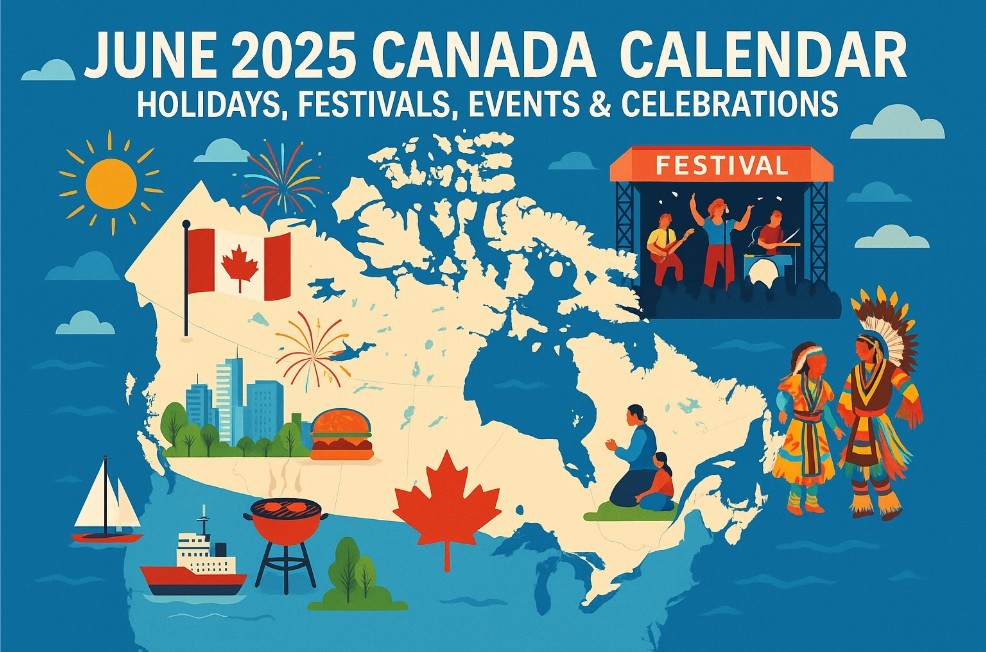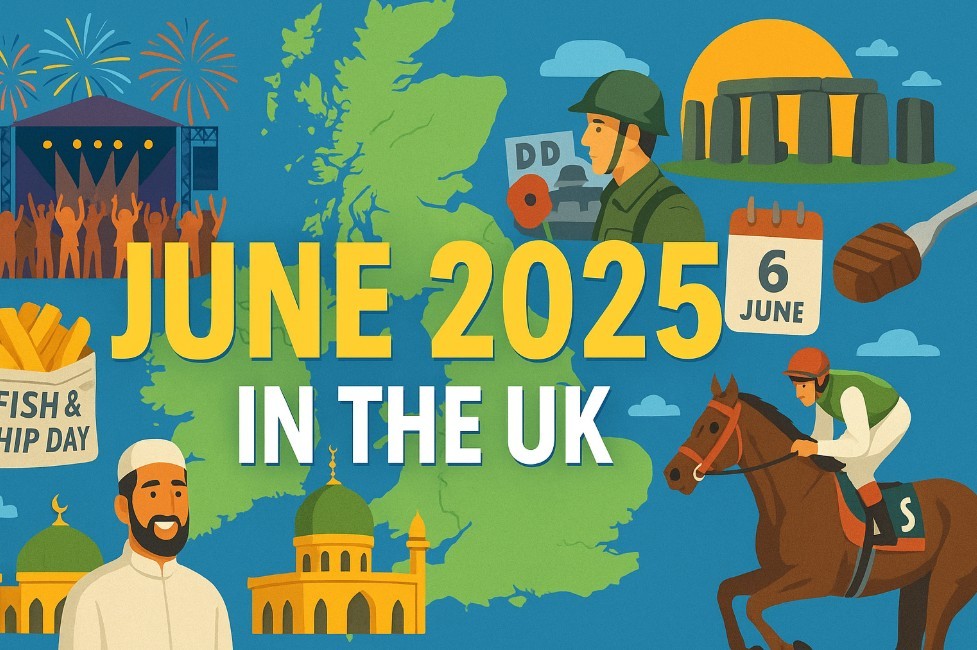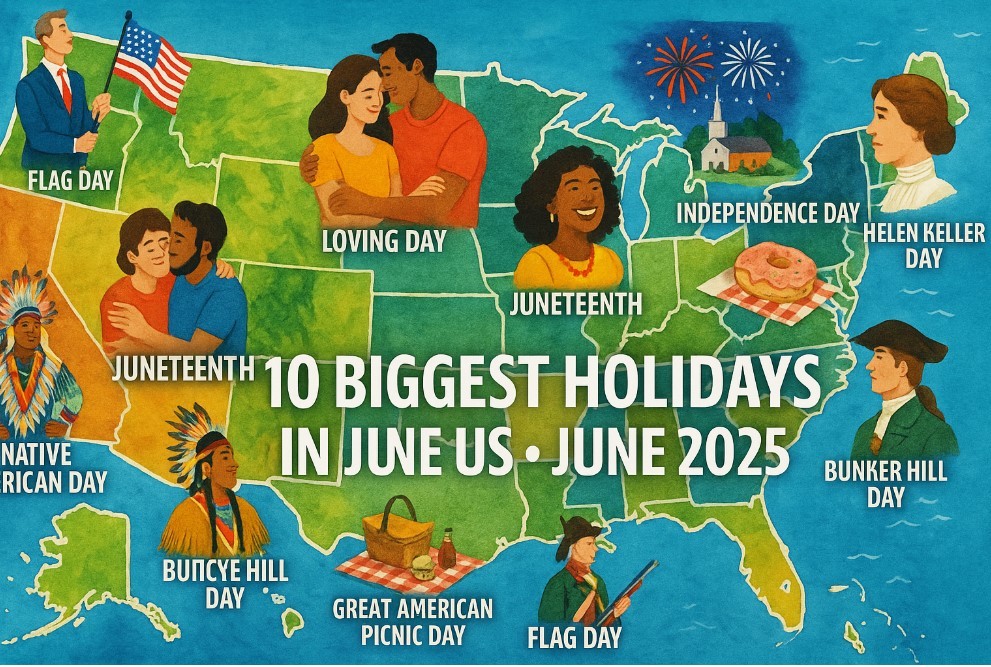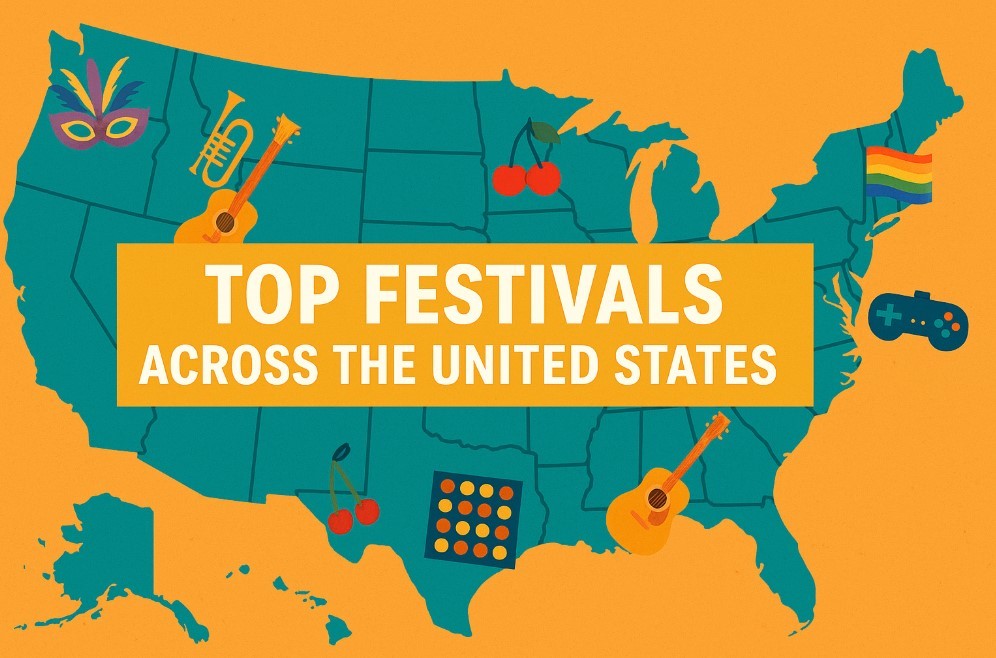Mystery Deepens as Two Whales Wash Ashore Dead in Huntington Beach
 |
| A team from Pacific Marine Mammal Center responds to a gray whale that washed ashore dead in Huntington Beach on Friday, April 11. (Courtesy of PMMC) |
Latest Whale Found in Huntington Beach Shows No External Injuries
The most recent case involved a 50-foot gray whale, believed to be a young adult female, that was discovered on Friday, April 11, 2025. The Pacific Marine Mammal Center (PMMC), which responded to the scene, performed a full necropsy the following morning. Glenn Gray, CEO of the Laguna Beach-based nonprofit, confirmed that the whale showed no visible trauma—no evidence of ship strikes, entanglement, or predator attacks.
“It may take a couple of weeks to get lab results, but we’ll share what we learn with the public,” Gray told local media.
Just days earlier, another gray whale—also without external injuries—was found further down the same stretch of coastline.
Whale Deaths Are Increasing in 2025: A National Pattern
 |
| Dead 25-foot whale washes ashore in Huntington Beach |
These incidents are not isolated. According to NOAA, the U.S. has seen a troubling rise in whale strandings and deaths in early 2025:
-
Over 81 gray whales have been found dead along the Pacific Coast since January.
-
13 deaths have occurred in San Francisco Bay alone.
-
At least 70 gray whales died earlier this year in the lagoons of Baja California, Mexico—their traditional wintering ground.
Some necropsies show signs of emaciation or malnutrition, suggesting a potential food shortage in the whales' feeding grounds in the Arctic. Others, however, appear physically healthy, adding to the mystery.
Another Recent Death: Minke Whale Euthanized in San Francisco Bay
On April 8, a juvenile minke whale was euthanized after becoming stranded in mudflats near Emeryville Marina in San Francisco Bay. Despite being in good body condition, the whale had spent days in shallow water and developed severe sunburn and stress-related complications. It marked only the fifth minke whale sighting in the Bay Area in 16 years.
A Prolonged Marine Mammal Crisis: NOAA’s “Unusual Mortality Event” Designation
Since 2019, gray whales have been under an official Unusual Mortality Event (UME) designation by NOAA. This classification demands federal investigation and emergency scientific response due to unexplained mass die-offs.
Humpback whales, too, have faced a UME along the Atlantic Coast since 2016. In many of those cases, necropsies revealed a high rate of ship strikes and entanglement in fishing gear.
The pattern across species and coasts has raised alarms within the scientific community.
What’s Killing the Whales? Experts Eye Climate, Food Shortages, and Human Activity
Researchers are currently exploring multiple hypotheses behind the rising deaths, including:
-
Climate change, which may be disrupting krill and amphipod populations, the primary food sources for gray whales.
-
Vessel traffic and ship strikes, especially in busy ports like Long Beach and San Francisco.
-
Fishing gear entanglements, a chronic danger for migrating whales.
-
Environmental toxins or pathogens, which can take weeks to detect through lab testing.
Some activists have speculated that offshore wind farms might contribute to marine mammal deaths. However, NOAA and independent scientists say there is no direct evidence linking wind energy development to whale strandings.
“While public speculation is high, the science doesn't support a link between wind farms and whale mortality,” NOAA stated in a recent press briefing.
Public Asked to Stay Alert and Report Sightings
In the meantime, experts urge the public to stay vigilant. Anyone who spots a distressed or deceased marine mammal along the coast is encouraged to contact local stranding networks such as the PMMC or NOAA’s Marine Mammal Stranding Program.
These reports are critical for tracking emerging threats and developing timely conservation strategies.























